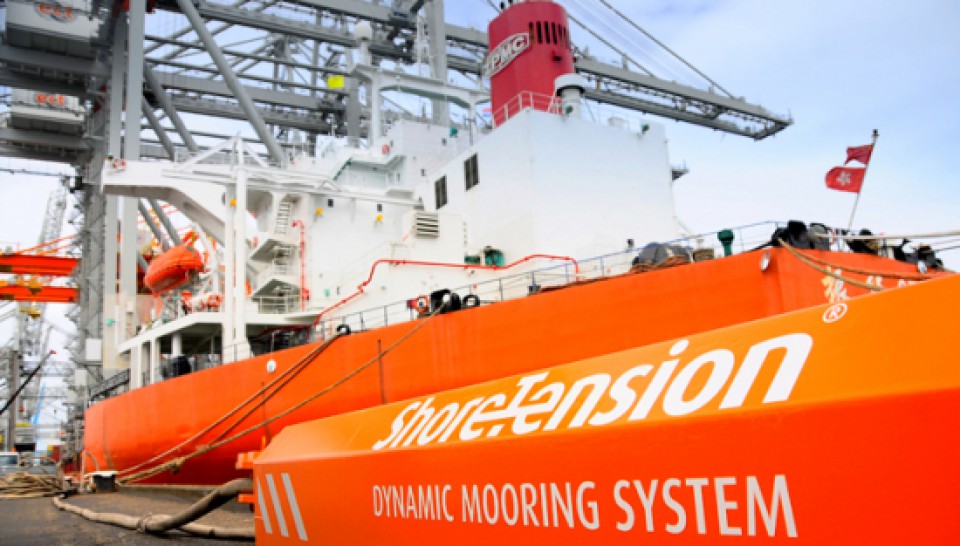Hutchison Ports stands at the forefront of technological advancement in the ports industry. Through continuous investment and countless exploration, we’ve developed cutting-edge solutions that contribute to greater efficiency across every aspect of our operations. To stay ahead, we will continue to innovate, and use cutting-edge technologies and equipment that satisfy the needs of our customers.
Quay cranes in some of our terminals can be remotely operated from a remote operation station located in a control room inside the terminal building. With the aid of HD cameras, automation technologies with advanced terminal operating system - nGen, our operators can sit comfortably in an office environment while achieving remarkable quayside productivity.
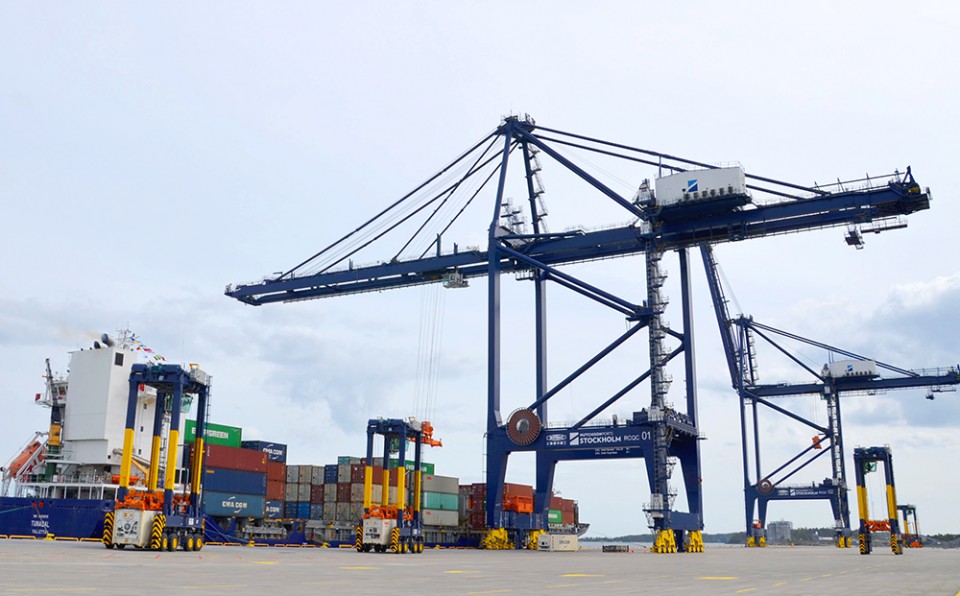
Similar to remote-controlled quay cranes, some of our rubber-tyred and rail-mounted gantry cranes can be remotely operated from a remote operation station located inside the office building.
In January 2018, Hutchison Ports HIT reconfigured 29 Rubber-Tyred Gantry Cranes (RTGCs) at Container Terminal 9 North at Hong Kong's Kwai Tsing Port, significantly raising productivity by 30-40 percent with higher operational efficiency by 20 percent. These reconfigured RTGCs can manage large volume cargoes to the yard generated by modern container mega vessels of up to 20,000 TEUs.
Hutchison Ports Thailand’s Terminal D Phase I is scheduled for commercial operations by mid-2019. It will be the world’s first container terminal to operate both remote control QC and RTGC.
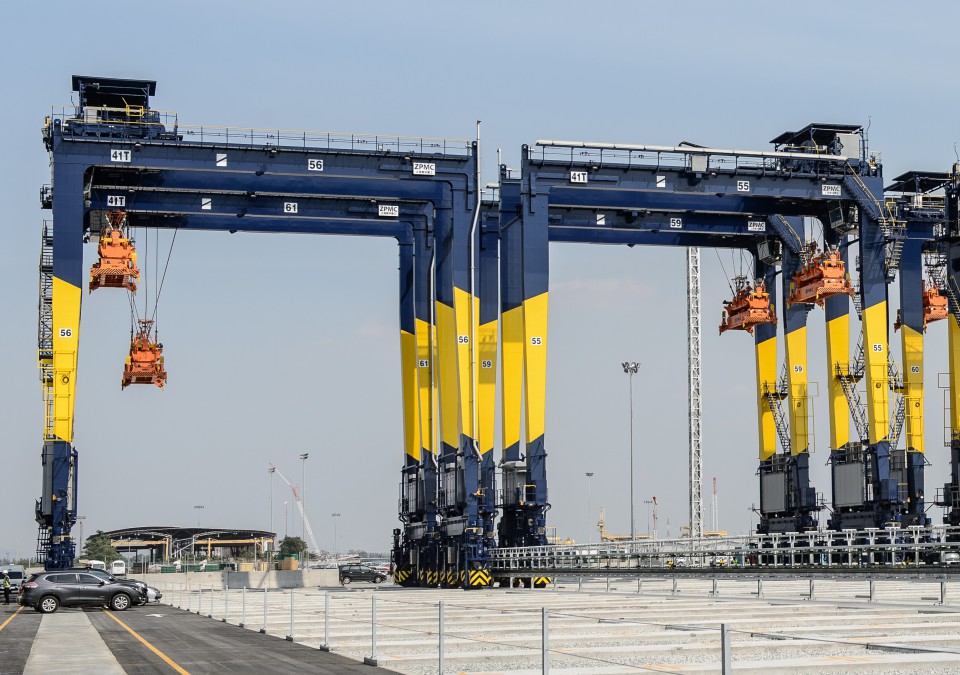
The unmanned Automated Straddle Carrier (Auto-SC) can stack up to three containers high and intellectually interacts with the quay crane handling different types of assignments as instructed by the terminal operation system, nGen. In addition, a fleet of management system manages and monitors the Auto-SC with optimised routes planning and collision avoidance to ensure efficiency and safety. These environmentally friendly hybrid Auto-SC offers a low CO2 emission which complies to the Group Environmental Committee’s policy and strategy towards a long-term sustainable business at Sweden.
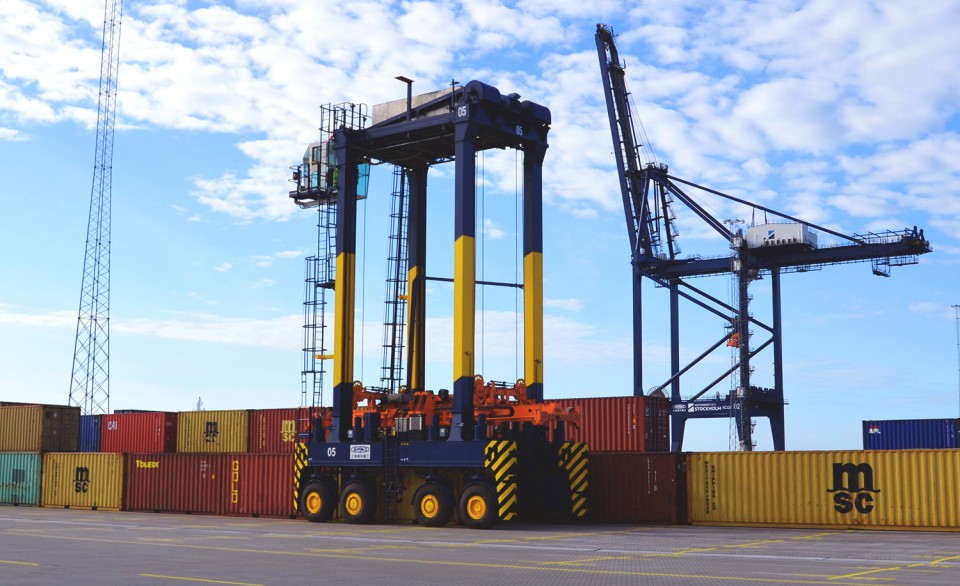
Hutchison Ports ECT Rotterdam is the group’s pioneer in implementation of automated container terminal since 2002. Automated terminals use Automated Guided Vehicles (AGVs) to transport containers between the ship and the container stack where Automated Stacking Cranes (ASCs) take over. The group currently operates over 260 units of ASCs in Australia, the Netherlands and Spain.
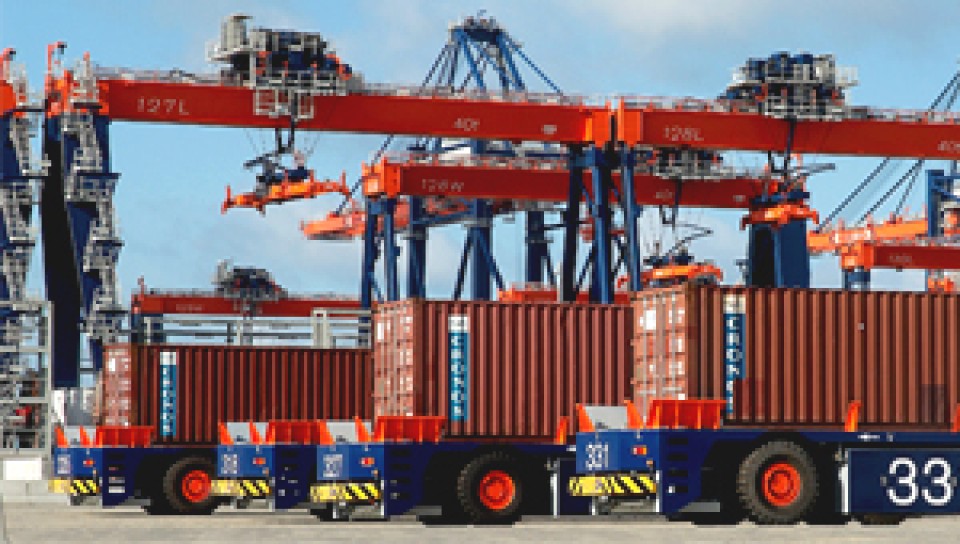
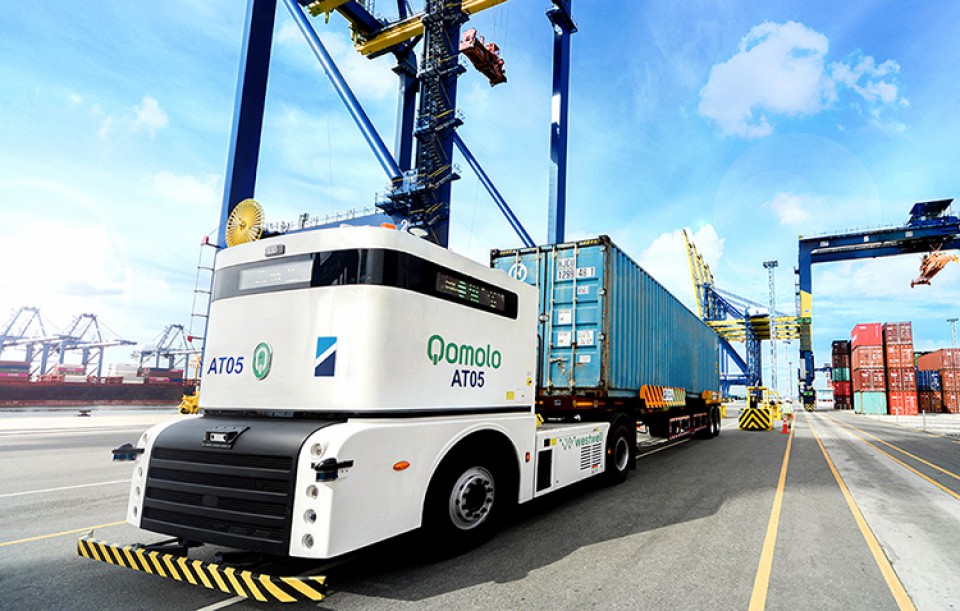
With the use of RFID system, we can track the real-time location of internal and external trucks within the terminal yard area, enabling nGen, our terminal management platform, to plan and deploy appropriate equipment efficiently.
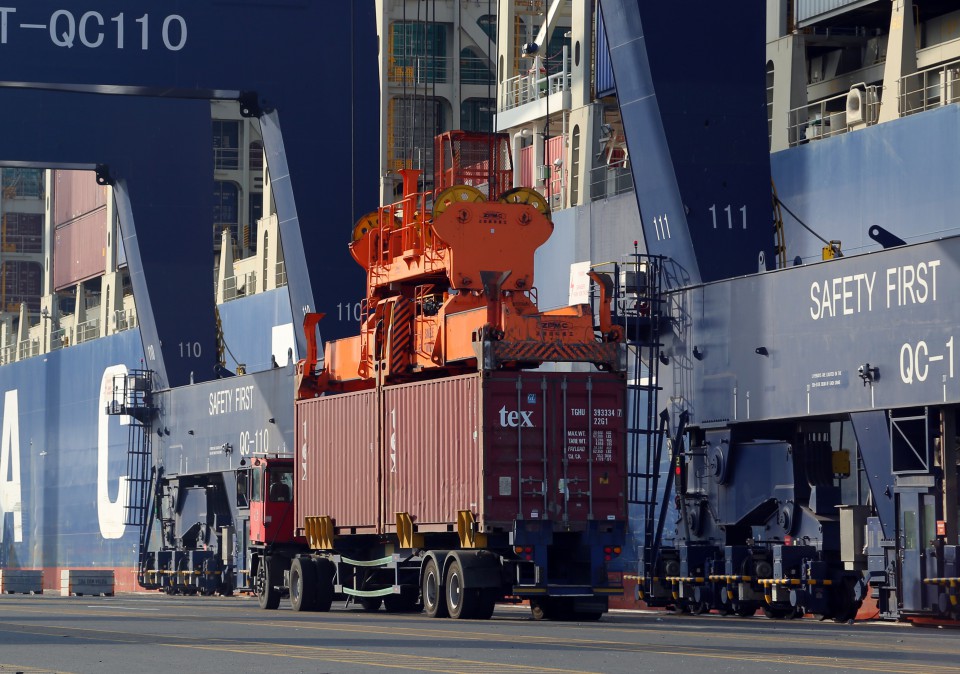
Our Rubber-Tyre Gantry Cranes are equipped with differential GPS system that provides centimetre-accuracy position information. As a result, our yard inventory record is highly accurate and up-to-date.
Our revolutionary ShoreTension mooring system, based on the permanent tension of shore mooring lines, allows sea-going vessels to be more safely and securely moored to the quay. The system dampens the ship's motion and absorbs its energy. Moored vessels hardly move in strong winds, swells, fast currents or passing shipping traffic. Even in extreme conditions, the ShoreTension system is capable of preventing mooring lines from snapping. It is CO2 neutral, as no extra energy is necessary.
